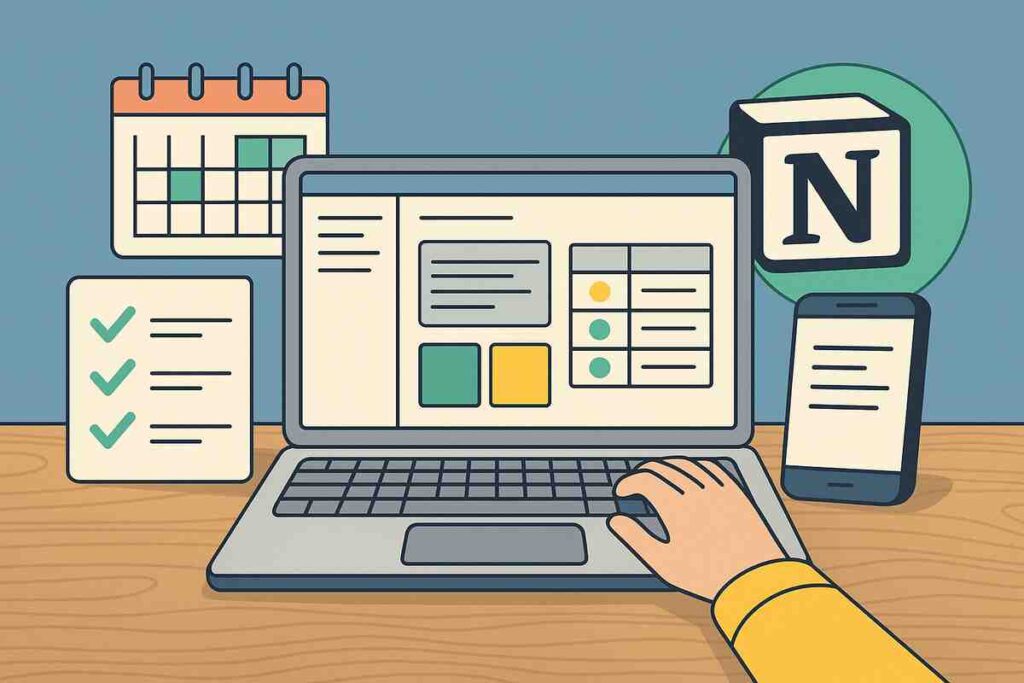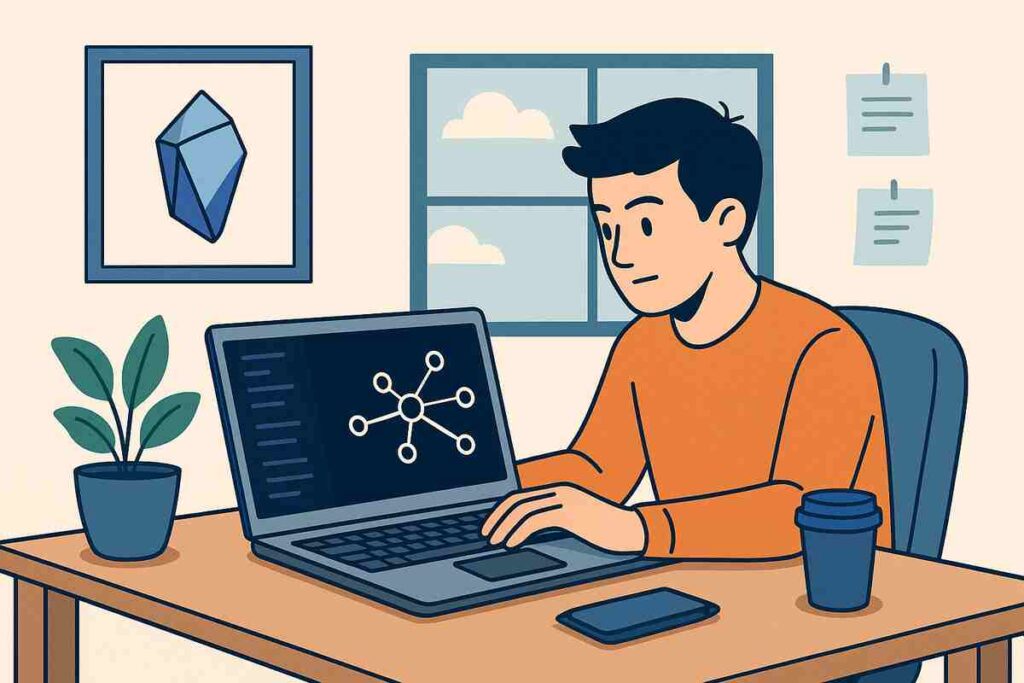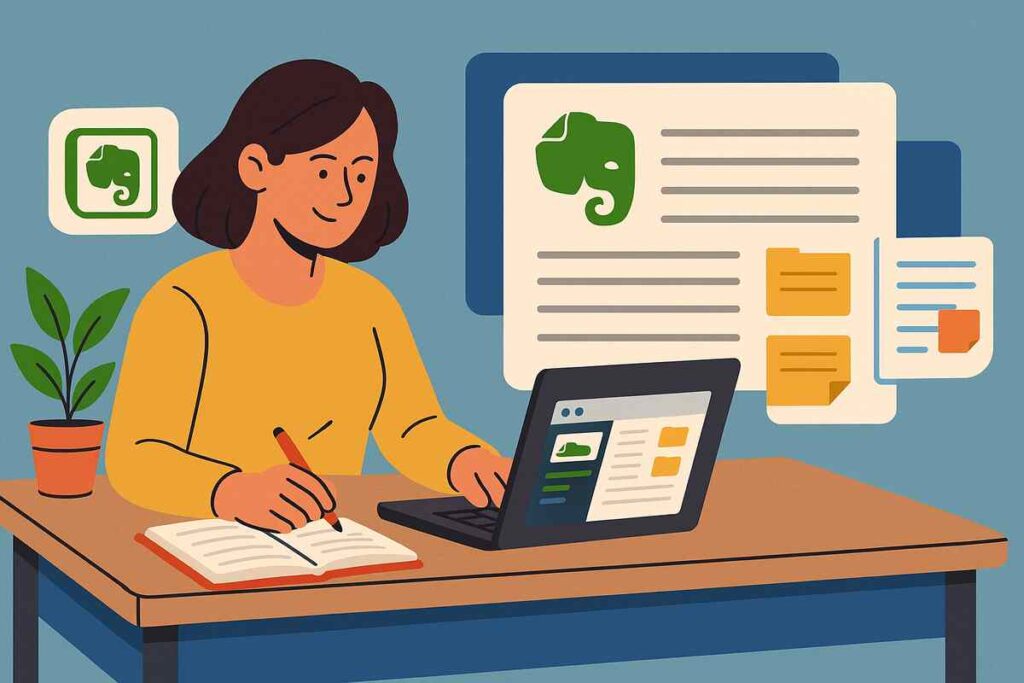Physical Address
304 North Cardinal St.
Dorchester Center, MA 02124
Physical Address
304 North Cardinal St.
Dorchester Center, MA 02124

In the evolving world of content creation and remote productivity, note-taking apps have become indispensable tools for digital nomads and remote business owners. These applications not only help capture fleeting ideas but also structure workflows, organize collaborations, and boost creative output. With hundreds of apps flooding the market, the challenge lies in selecting the best ones that align with your personal productivity style and business needs. This guide dives into five awesome, creative tools that redefine digital note-taking.
For digital nomads constantly on the move, and remote teams working across time zones, capturing information efficiently is critical. Note-taking apps bridge the gap between idea and execution, providing:
According to Statista, the global note-taking software market is expected to exceed $1.35 billion by 2027, reflecting the demand for smarter, cloud-based productivity tools.

Notion is a versatile productivity platform that blends note-taking with project management, databases, calendars, and wikis.
Notion is highly customizable, making it ideal for creatives, solopreneurs, and distributed teams. It can serve as a digital brain for everything from idea storage to editorial calendars.
Remote content creators and teams needing flexible workspace architecture.

Obsidian is a markdown-based, local-first note-taking app focused on building knowledge graphs through interlinked notes.
Obsidian appeals to users who embrace Zettelkasten or Personal Knowledge Management (PKM). It offers the flexibility of handwritten notes with the speed of digital retrieval.
Writers, researchers, and thinkers building long-term intellectual assets.

Evernote is one of the earliest digital note-taking apps that still commands a large user base thanks to its ease of use and powerful search capabilities.
Evernote excels at capturing and retrieving information from multiple formats, including audio and handwriting. Its web clipper is still one of the best in the market.
Professionals who gather a wide range of content types and want efficient search functionality.
Milanote is a visual note-taking tool built for creatives who think in terms of spatial relationships, imagery, and mood boards.
Milanote mimics the feel of a whiteboard, making it perfect for graphic designers, content strategists, and visual storytellers.
Designers and marketers needing a visual-first environment for ideation.
Joplin is an open-source note-taking app that offers end-to-end encryption, markdown support, and syncing via popular cloud services.
Joplin is privacy-focused, customizable, and developer-friendly. Unlike many proprietary apps, your notes remain completely under your control.
Tech-savvy users who value open-source and data sovereignty.
Ensure your notes are accessible across mobile, tablet, and desktop devices.
If you work in a team, look for real-time editing, comments, and sharing permissions.
Support for backups, markdown exports, and cloud sync can future-proof your data.
Efficient search functionality, tagging, and linking are critical for long-term usability.
A clutter-free, responsive interface makes a world of difference during prolonged usage.
Note-taking apps are not just for jotting down thoughts—they’ve become essential tools in building remote-first workflows. Whether planning marketing campaigns, tracking client deliverables, or brainstorming product ideas, these tools enable real-time collaboration without geographic limitations.
Modern note-taking platforms are also integrating with task managers, CRMs, and automation tools, turning them into central hubs of remote productivity.
Apps like Notion and Milanote have enabled remote teams to blend creativity with structure, empowering everyone from freelancers to fully distributed startups.
In the digital age of remote collaboration and nomadic work, note-taking apps have evolved far beyond simple text editors. From building second brains to managing complex workflows visually, these five awesome tools each offer something uniquely powerful. Whether you’re a minimalist, a visual planner, or a security-conscious developer, there’s a platform tailored to your workflow. Mastering the right app can significantly improve your efficiency, creativity, and collaboration across time zones.